We tried making a candy bonsai tree and ended up with a spectacular vegetable instead【Photos】
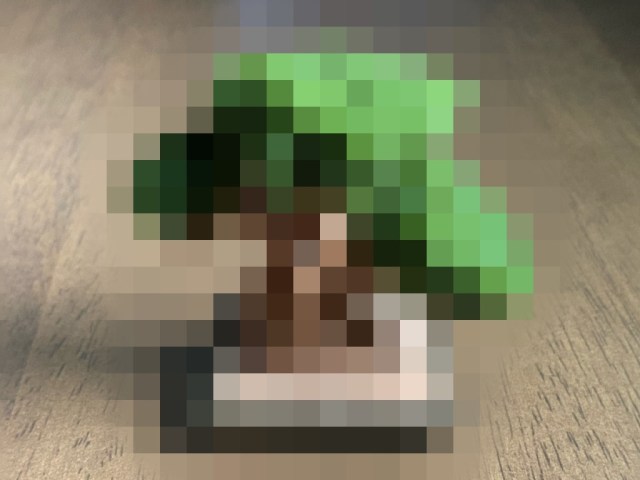
Eh, regardless of its final form it wasn’t like we were going to get much fiber out of it anyway.
Our Japanese-language correspondent Saya Togashi loves playing with her food in toy form. She supposes that she just never really grew up (like most of our team), but there’s also something especially fascinating about crafting miniature representations of traditional Japanese culture with your hands.
Her challenge on this particular day was a DIY Bonsai Candy Kit from candy company Heart. It’s aimed at kids ages eight and up, but that little label certainly didn’t stop her.
▼ Candy bonsai box and instructional video
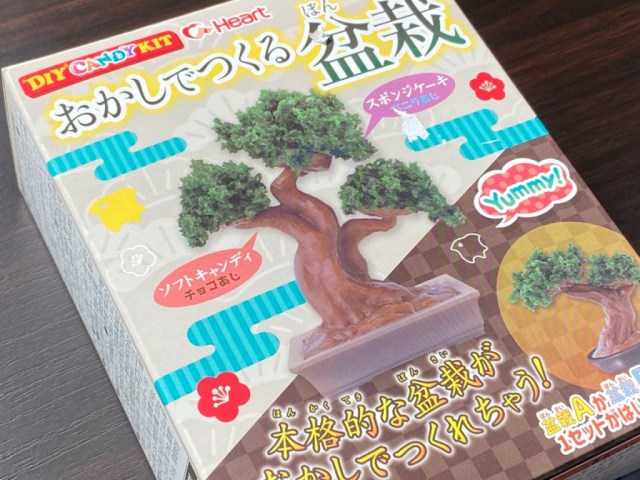
Cultivating a real bonsai takes years and years of dedication, but in candy form it should be a cinch. The box read that its trunk was made chiefly of a chocolate-flavored soft candy and the leaves of a vanilla-flavored sponge cake. It even came with a cute little pot.
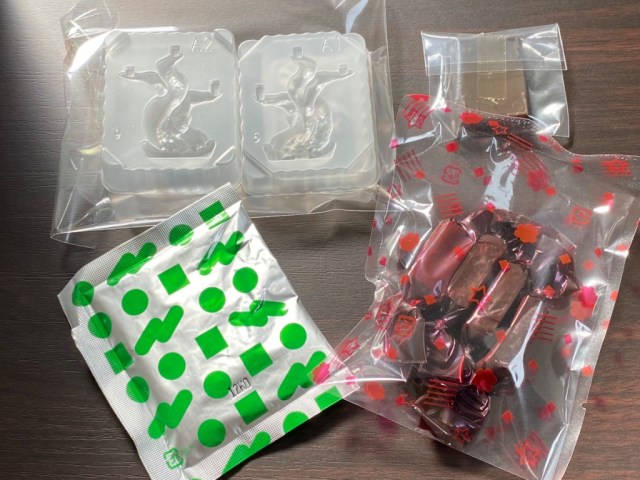
The first step was to roll out the individual soft candies into one big block in a manner similar to clay. The manual showed someone doing it barehanded but Saya opted for gloves, while at the same time reminiscing that she wouldn’t have cared about making a big mess if she were still a kid. Once it became soft enough she was supposed to put it in some molds.
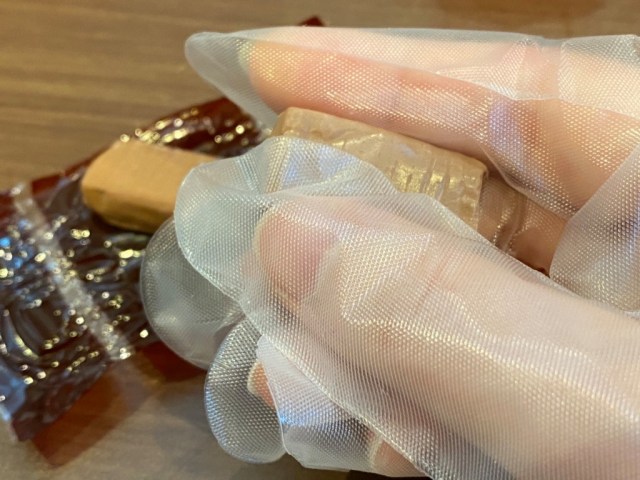
However, for whatever reason the candy wasn’t being as pliable as she expected. She read a trick about zapping it in the microwave and decided to go that route. After 10 seconds, it looked a bit more like a big blob of–yeah, we won’t go there–but it had thankfully become soft like gum.

Now it was time to fill the mold trays. The kit comes with one of two bonsai versions randomly selected, which differed in the shape of their trunks. Saya had scored the version with three protruding branches.

Once she had carefully filled all of the molds, it was time to adhere them together into a 3-D shape using a sticky sugar paste.
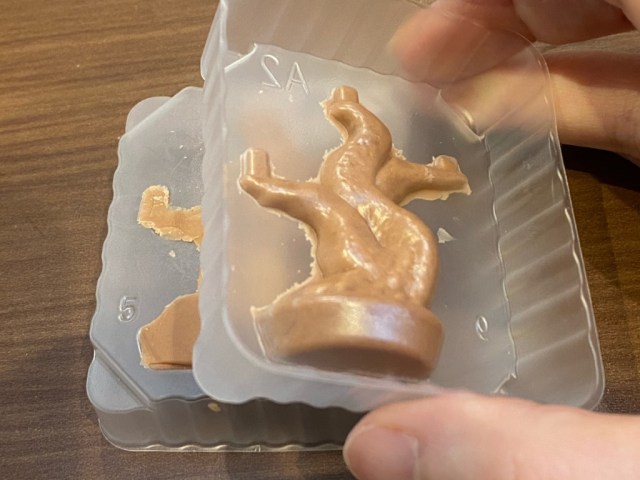
Then she popped them into the freezer to let them harden for 30 minutes (by the way, you’re completely imagining all of those Kaldi bread products in there…Saya certainly doesn’t have an addition to carbs…).
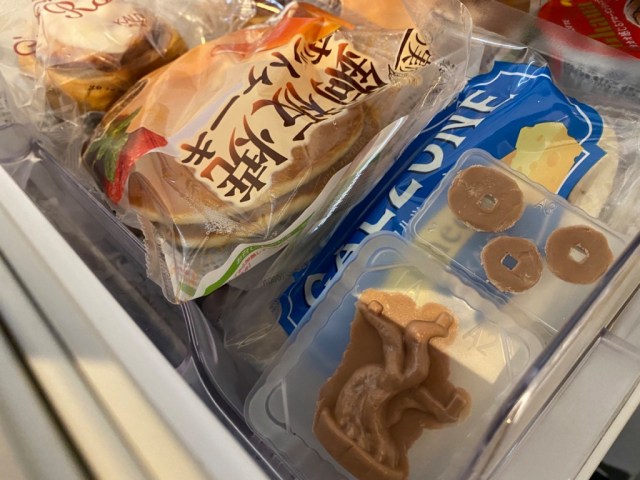
Now for the moment of truth–removing the tree trunk from the molds! The instructions said to do this part in a cool area, so Saya somewhat unwillingly turned off her space heater despite it being the middle of winter. The things food artists do for their art…
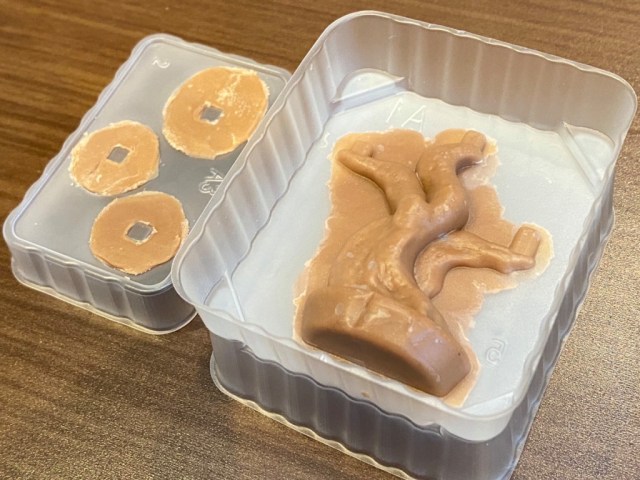
It was hard to get rid of the excess candy edges with a toothpick or knife. She wished she had done more of that earlier when it was still soft. After a momentary internal debate over whether to preserve its purest art form or to treat it like the edible it was, she decided to go the latter route and not worry too much about making the trunk look perfect.
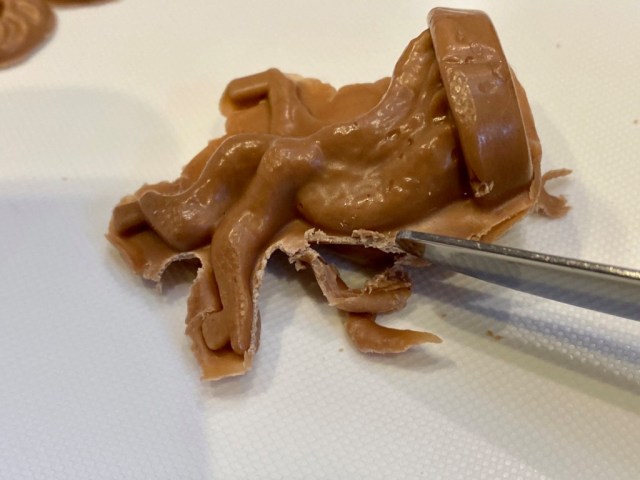
She then affixed the branch bases where the leaf canopies would go and put the candy bonsai back in the freezer for another 30 minutes. At this stage, she had to bite back laughter since her creation looked more like a poisonous toadstool than a miniature tree.
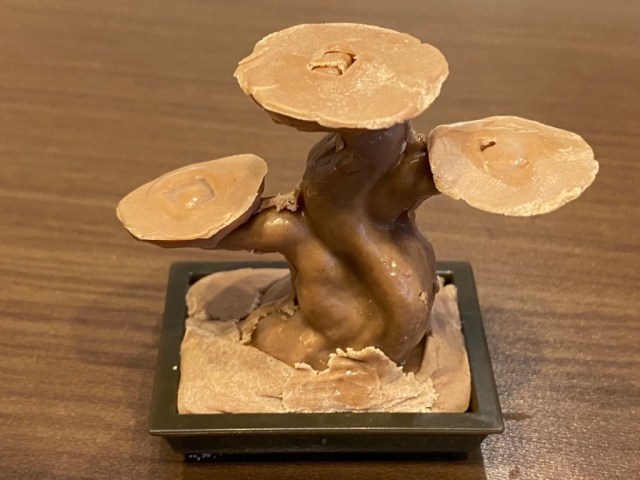
In the meantime she would whip up the leaves. She mixed some water with the “leaf base” and prepared to heat it up in the microwave. The base was white in color when in powder form but became a vividly mossy green when in contact with water. How curious.
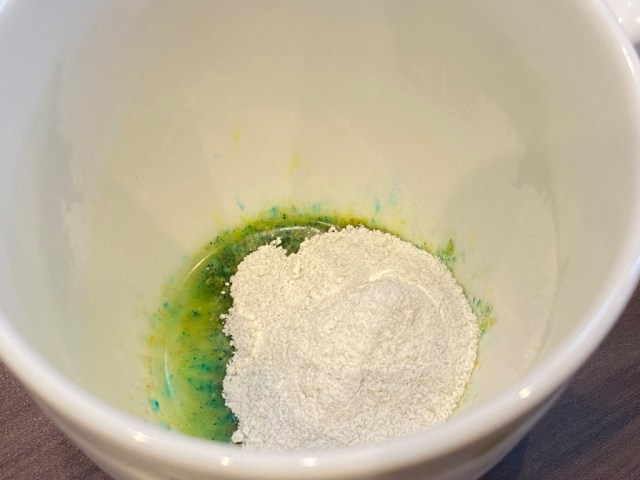
Now this part was even weirder–once heated in the microwave, hundreds of little air bubbles popped up and it became a little sponge cake! It made for some truly excellent shrubbery.
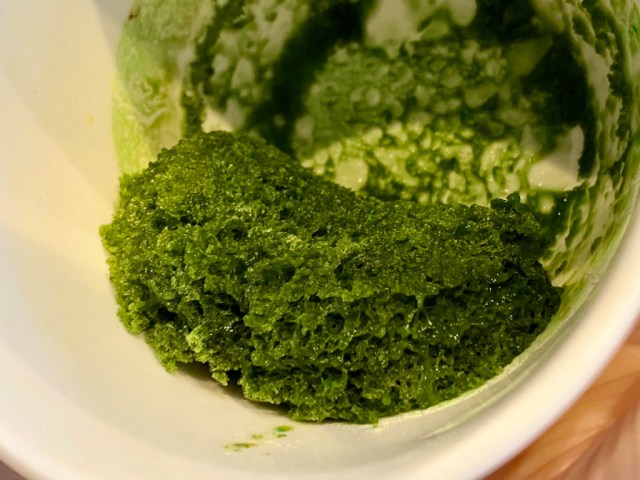
Probably the most fun part of the whole production for Saya was tearing up this leafy cake and affixing it to the branch bases. It would take a little bit of skill to make it look realistic.
Now, a drumroll, please, for the finished product…!
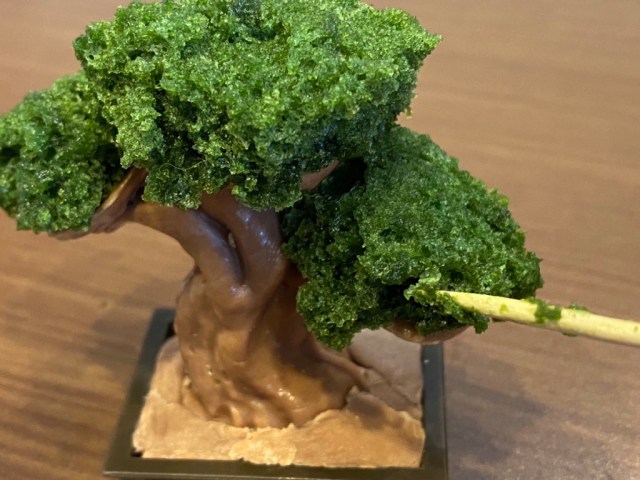
Saya had created a truly stunning representation of some broccoli florets.

Its shape struck Saya as odd, but she couldn’t quite put a finger on it. Was it because she had added too many leaves? In fact, she had used only half of the sponge cake to begin with. Just like with the understated beauty of a real bonsai, this was probably a case where less is more.
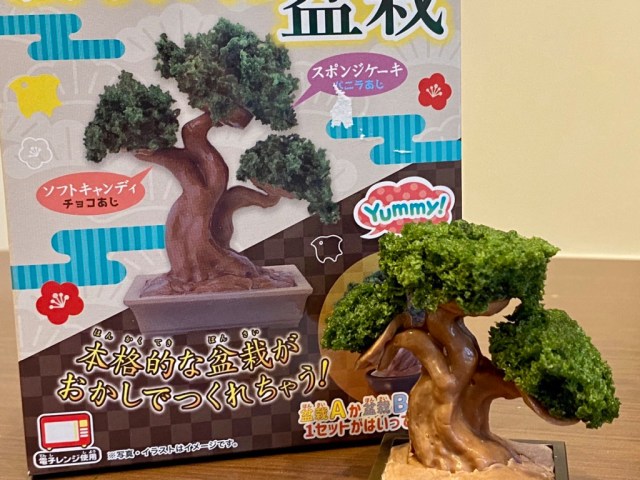
Regardless, she was proud of her little spot of nature in its tiny 5-centimeter (1.97-inch) wide square container. Its imperfections made her feel even more attached to it.
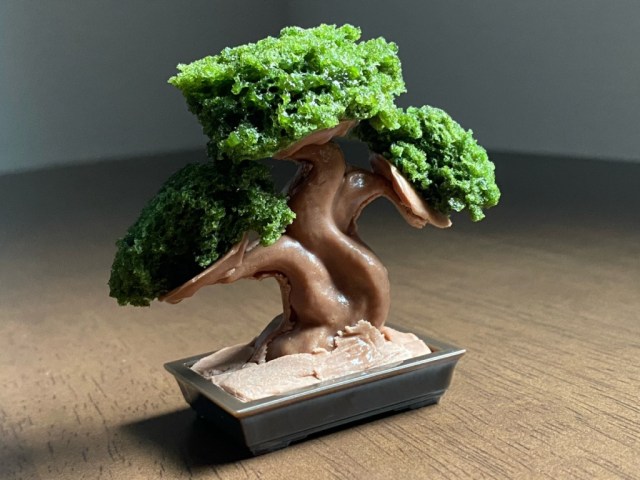
The texture of the sponge cake was fantastic. Its green color also cleverly concealed the hidden vanilla flavor.
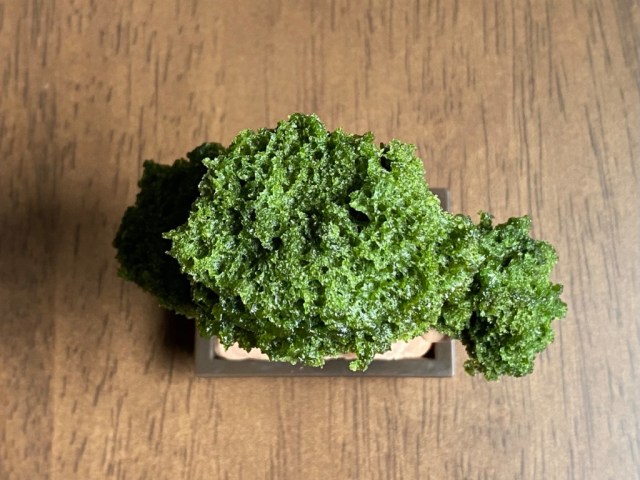
The last lesson Saya learned while gazing appreciatively at her candy bonsai was that it needed to be enjoyed and consumed quickly. It wasn’t too long before the candy began to melt in the warmth of the room and a canopy of branches came crashing down.
▼ Timber!

She supposed that real art is fleeting and impermanent–and is why someone could spend their whole life striving to perfect a true bonsai and never fully achieve that mission. Even if her candy bonsai wouldn’t be around much longer, at least Saya has the similarly transient cherry blossoms to look forward to in just a few more weeks.
Reference: Heart
All images © SoraNews24
● Want to hear about SoraNews24’s latest articles as soon as they’re published? Follow us on Facebook and Twitter!
Credit:

0 comments:
Post a Comment